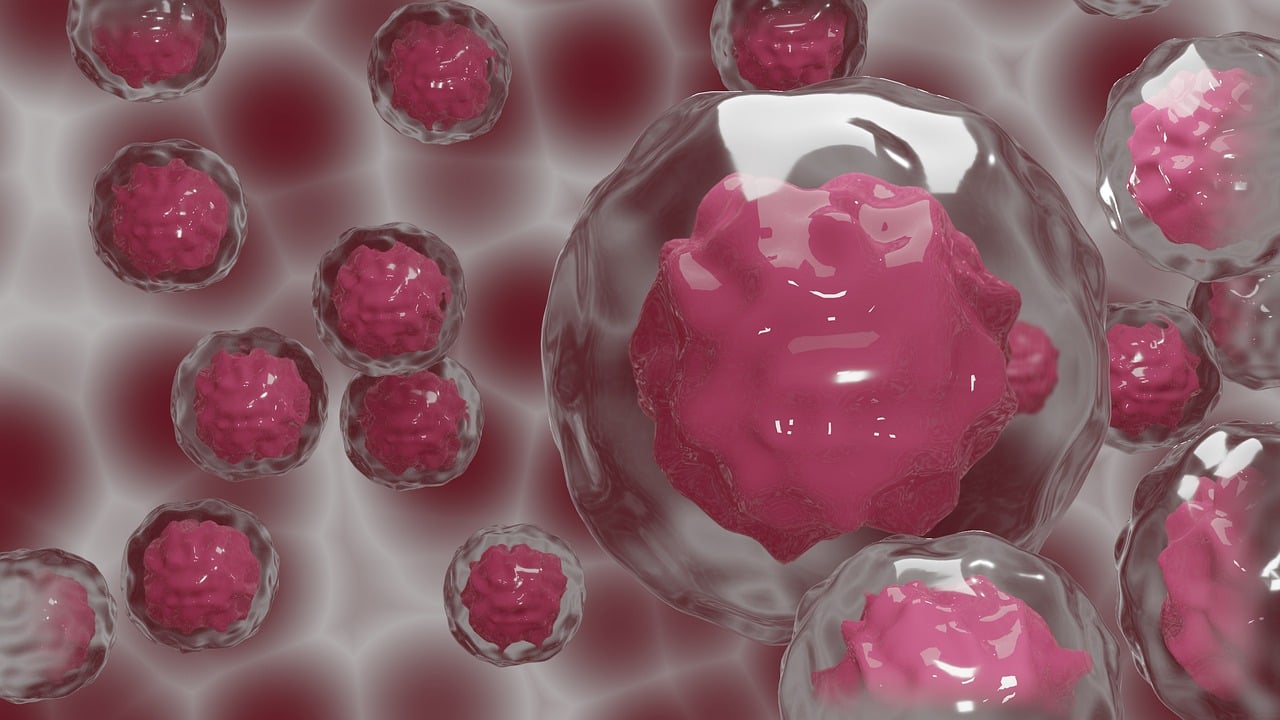FAQs
1. Are there alternatives to Matrigel for growing organoids?
Researchers are exploring synthetic hydrogels and decellularized ECM scaffolds to replace animal-derived matrices like Matrigel, improving reproducibility and ethical compliance.
2. What methods improve batch-to-batch consistency in organoid production?
Automated bioreactors, standardized growth factor cocktails, and AI-driven quality control systems are being tested to reduce variability.
3. How are organoids advancing cancer research?
Tumor organoids derived from patient biopsies enable personalized drug testing and study of tumor microenvironment interactions, offering insights into metastasis and resistance.
4. How do scientists address the critical challenge of ensuring organoids fully mature and develop complex structures like blood vessels and nerves?
A primary strategy involves engineering the microenvironment. This includes co-culturing organoids with specific supporting cells (like endothelial cells for blood vessels or neural cells for nerves), optimizing nutrient and oxygen delivery through dynamic culture systems (bioreactors), and designing bespoke extracellular matrices to provide appropriate structural and biochemical cues for advanced tissue development.
Reference
1. Zhao, Z., Chen, X., Dowbaj, A. M., et al. (2022). Organoids. Nature Reviews Methods Primers, 2(1), 94.
2. Achilli, T. M., Meyer, J., & Morgan, J. R. (2012). Advances in the formation, use and understanding of multi-cellular spheroids. Expert opinion on biological therapy, 12(10), 1347-1360.
3. Andersen, J., Revah, O., Miura, Y., et al. (2020). Generation of functional human 3D cortico-motor assembloids. Cell, 183(7), 1913-1929.
4. Lo, B., & Parham, L. (2009). Ethical issues in stem cell research. Endocrine reviews, 30(3), 204-213.
5. Crespo, M., Vilar, E., Tsai, S. Y., et al. (2017). Colonic organoids derived from human induced pluripotent stem cells for modeling colorectal cancer and drug testing. Nature medicine, 23(7), 878-884.
6. In, J. G., Foulke-Abel, J., Estes, M. K., et al. (2016). Human mini-guts: new insights into intestinal physiology and host–pathogen interactions. Nature reviews Gastroenterology & hepatology, 13(11), 633-642.
7. Yan, H. H., Chan, A. S., Lai, F. P. L., et al. (2023). Organoid cultures for cancer modeling. Cell Stem Cell, 30(7), 917-937.
8. Passaniti, A., Kleinman, H. K., & Martin, G. R. (2022). Matrigel: history/background, uses, and future applications. Journal of cell communication and signaling, 16(4), 621-626.
9. Yakoub, A. M., & Sadek, M. (2018). Development and characterization of human cerebral organoids: an optimized protocol. Cell transplantation, 27(3), 393-406.
10. Kelava, I., & Lancaster, M. A. (2016). Dishing out mini-brains: Current progress and future prospects in brain organoid research. Developmental biology, 420(2), 199.
11. Prior, N., Inacio, P., & Huch, M. (2019). Liver organoids: from basic research to therapeutic applications. Gut, 68(12), 2228-2237.
12. Yousef Yengej, F. A., Jansen, J., Rookmaaker, M. B., et al. (2020). Kidney organoids and tubuloids. Cells, 9(6), 1326.
13. Tindle, C., Fuller, M., Fonseca, A., et al. (2021). Adult stem cell-derived complete lung organoid models emulate lung disease in COVID-19. Elife, 10, e66417.
14. Beydag-Tasöz, B. S., Yennek, S., & Grapin-Botton, A. (2023). Towards a better understanding of diabetes mellitus using organoid models. Nature Reviews Endocrinology, 19(4), 232-248.
15. Heydari, Z., Moeinvaziri, F., Agarwal, T., et al. (2021). Organoids: a novel modality in disease modeling. Bio-design and Manufacturing, 4, 689-716.
16. Berkers, G., van Mourik, P., Vonk, A. M., et al. (2019). Rectal organoids enable personalized treatment of cystic fibrosis. Cell reports, 26(7), 1701-1708.
17. Venkataraman, L., Fair, S. R., McElroy, C. A., et al. (2020). Modeling neurodegenerative diseases with cerebral organoids and other three-dimensional culture systems: Focus on Alzheimer’s disease. Stem cell reviews and reports, 1-22.
18. Angus, H. C., Butt, A. G., Schultz, M., et al. (2020). Intestinal organoids as a tool for inflammatory bowel disease research. Frontiers in medicine, 6, 334.
19. Ranga, A., Gjorevski, N., & Lutolf, M. P. (2014). Drug discovery through stem cell-based organoid models. Advanced drug delivery reviews, 69, 19-28.
20. Lewis-Israeli, Y. R., Wasserman, A. H., Gabalski, M. A., et al. (2021). Self-assembling human heart organoids for the modeling of cardiac development and congenital heart disease. Nature communications, 12(1), 5142.
21. Li, Y., Tang, P., Cai, S., et al. (2020). Organoid based personalized medicine: from bench to bedside. Cell Regeneration, 9, 1-33.
22. Arjmand, B., Rabbani, Z., Soveyzi, F., et al. (2023). Advancement of organoid technology in regenerative medicine. Regenerative Engineering and Translational Medicine, 9(1), 83-96.
23. Forsythe, S. D., Devarasetty, M., Shupe, T., et al. (2018). Environmental toxin screening using human-derived 3D bioengineered liver and cardiac organoids. Frontiers in public health, 6, 103.
24. Bredenoord, A. L., Clevers, H., & Knoblich, J. A. (2017). Human tissues in a dish: the research and ethical implications of organoid technology. Science, 355(6322), eaaf9414.
25. Choo, N., Ramm, S., Luu, J., et al. (2021). High-throughput imaging assay for drug screening of 3D prostate cancer organoids. SLAS DISCOVERY: Advancing the Science of Drug Discovery, 26(9), 1107-1124.
26. Yang, S., Hu, H., Kung, H., et al. (2023). Organoids: The current status and biomedical applications. MedComm, 4(3), e274.
27. Wörsdörfer, P., I, T., Asahina, I., Sumita, Y., et al. (2020). Do not keep it simple: recent advances in the generation of complex organoids. Journal of Neural Transmission, 127, 1569-1577.
28. Hyun, I., Scharf-Deering, J. C., & Lunshof, J. E. (2020). Ethical issues related to brain organoid research. Brain research, 1732, 146653.
29. Frisch, A. N., Debbi, L., Shuhmaher, M., et al. (2022). Advances in vascularization and innervation of constructs for neural tissue engineering. Current Opinion in Biotechnology, 73, 188-197.
30. Ni, B., Ye, L., Zhang, Y., et al. (2025). Advances in humanoid organoid-based research on inter-organ communications during cardiac organogenesis and cardiovascular diseases. Journal of Translational Medicine, 23(1), 380.
31. Zarepour, A., Khosravi, A., Iravani, S., et al. (2024). Biohybrid micro/nanorobots: pioneering the next generation of medical technology. Advanced Healthcare Materials, 13(31), 2402102.
32. Park, S. E., Georgescu, A., & Huh, D. (2019). Organoids-on-a-chip. Science, 364(6444), 960-965.
